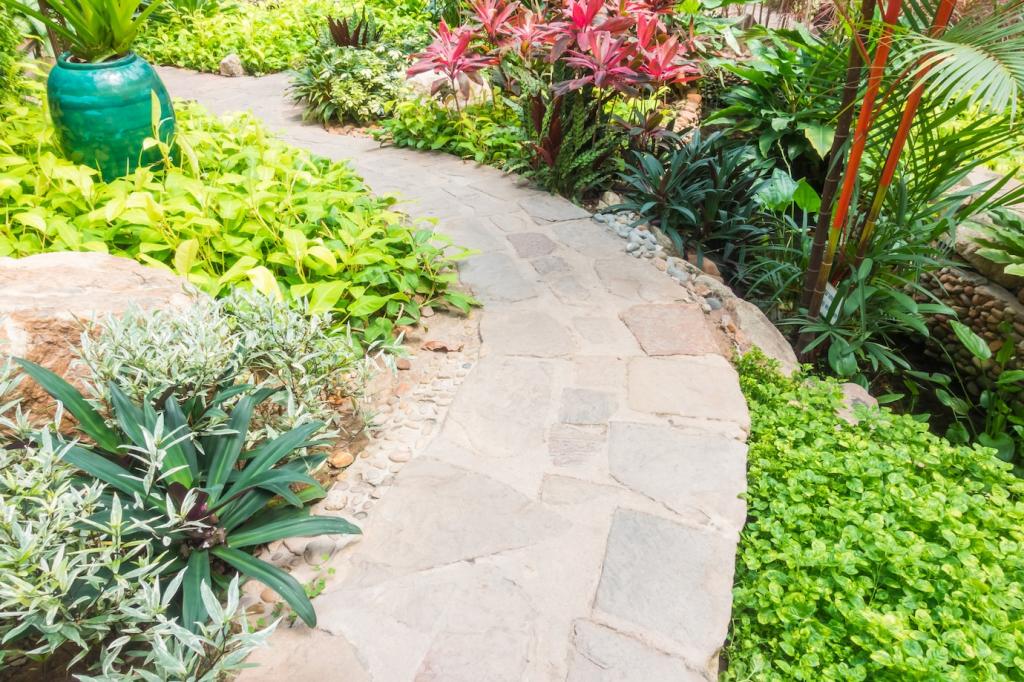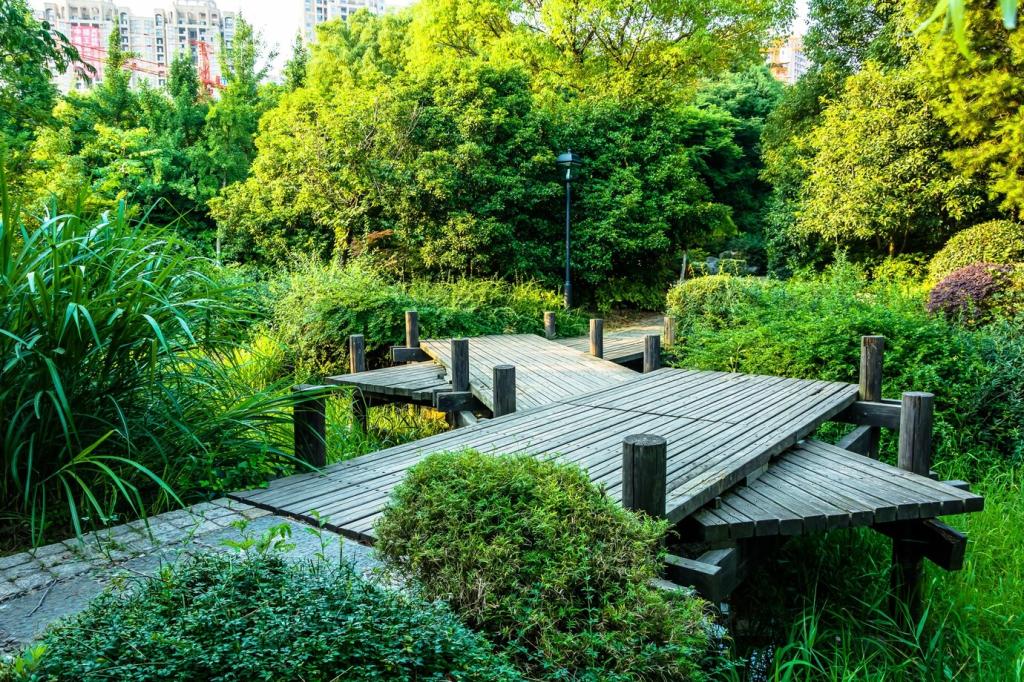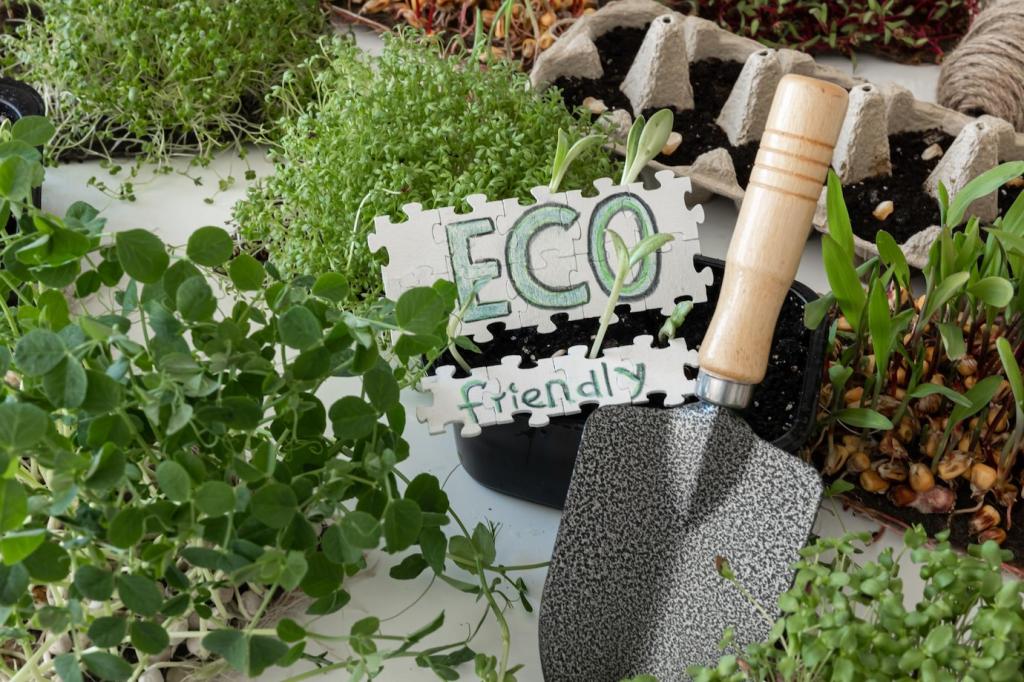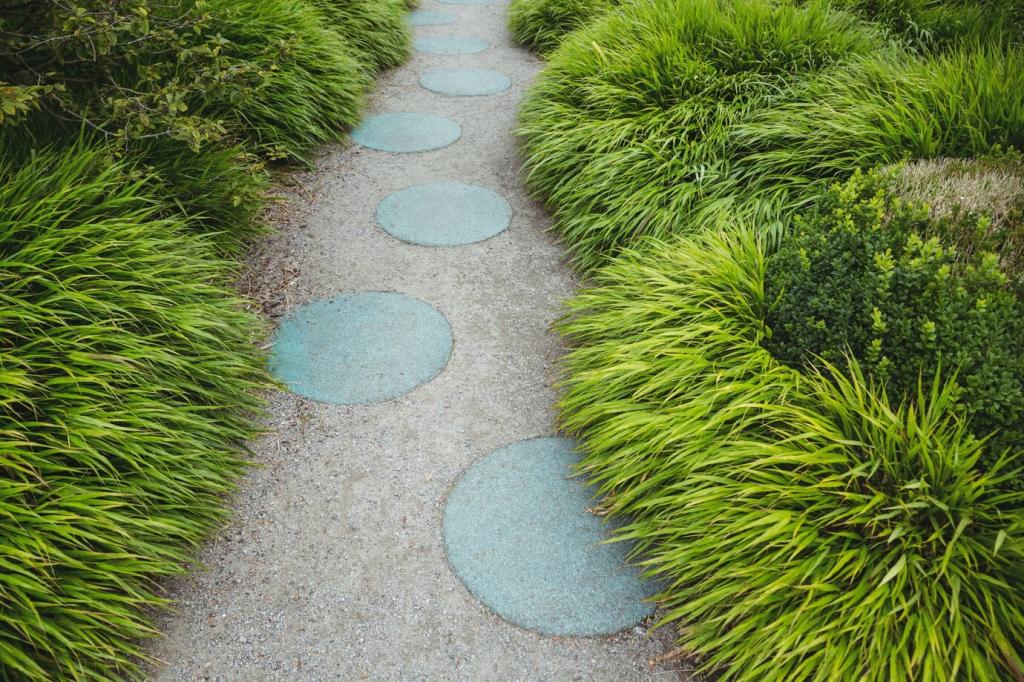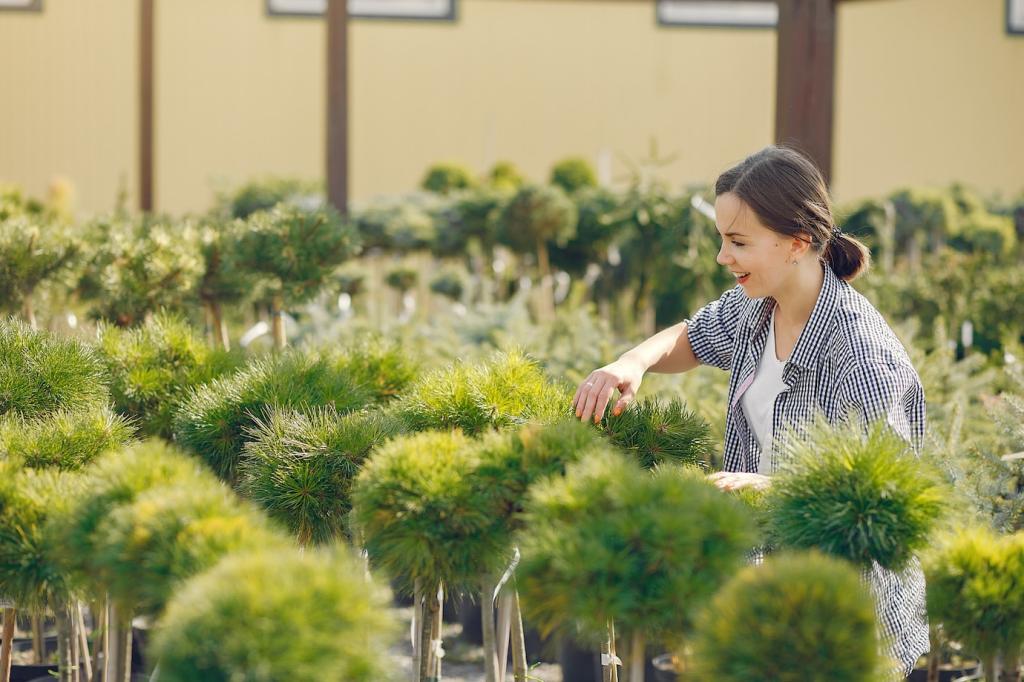Anatomy of a Sustainable Green Roof
Each layer has a job: the membrane keeps water out, root barriers stop intrusion, drainage handles excess rain, and the filter prevents fines from clogging outlets. The growing medium anchors plants and manages moisture. Tell us your existing roof build-up to pinpoint compatible components.
Anatomy of a Sustainable Green Roof
Extensive systems are lighter, with shallow media and hardy plants; intensive roofs add deeper soils, shrubs, and amenity spaces. Semi-intensive options balance both. Your choice hinges on structure, access, and maintenance capacity. Share your desired use—quiet habitat or rooftop garden—and we’ll suggest a path.

